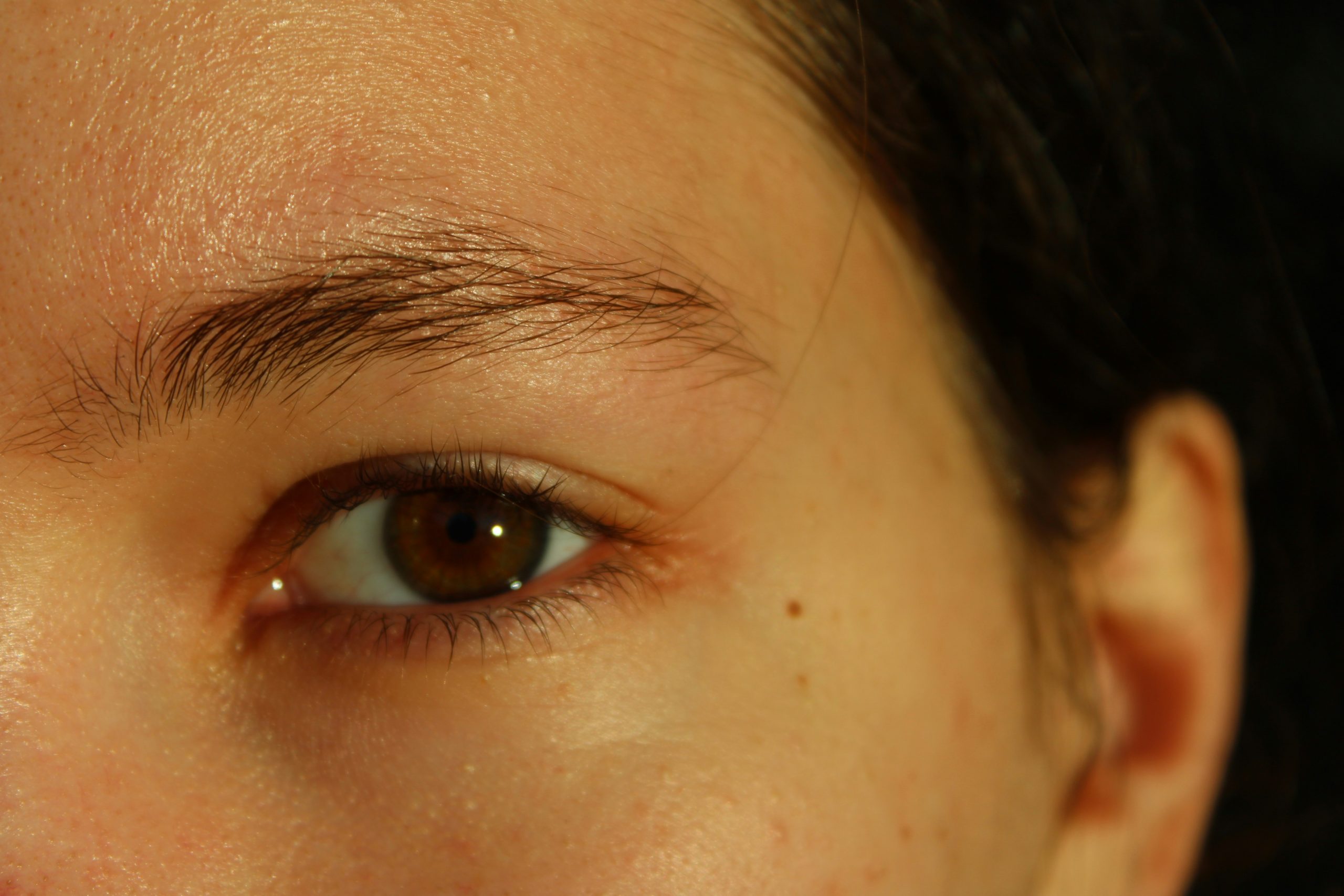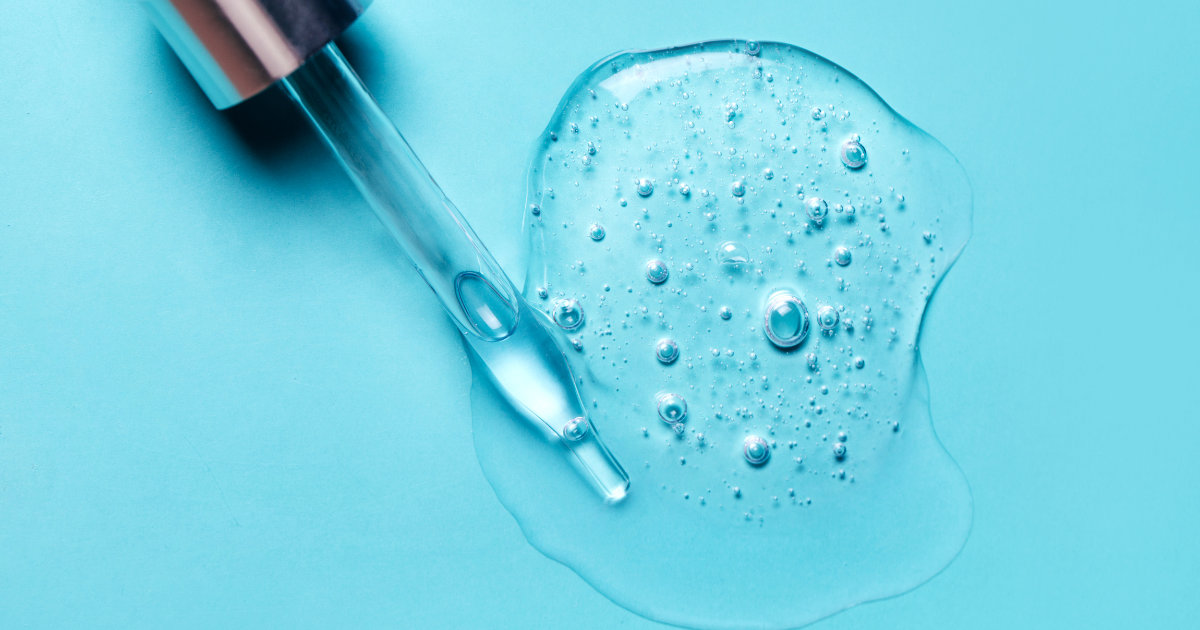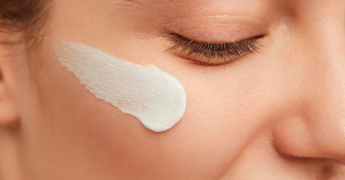
Hyperpigmentation is one of the most persistent and frustrating skin concerns faced by people of all skin types and tones. Whether caused by sun damage, inflammation, or hormonal shifts, conditions like dark spots, melasma, and post-inflammatory hyperpigmentation (PIH) affect millions worldwide. While a variety of treatments claim to brighten the complexion, few ingredients offer the proven results and gentleness of tranexamic acid for hyperpigmentation a rising star in the world of skincare.
What is Tranexamic Acid?
Tranexamic acid (TXA) is a synthetic derivative of the amino acid lysine. First used in medicine to control bleeding, TXA was later discovered to have remarkable skin brightening properties when applied topically. In dermatology, it is now recognized for its ability to visibly reduce excess melanin and improve uneven skin tone.
TXA works by interrupting the interaction between melanocytes (cells that produce pigment) and keratinocytes (skin cells), effectively slowing melanin production. It also calms inflammation a key factor in the development of post inflammatory hyperpigmentation.
Key Benefits of Tranexamic Acid for Skin
- Fades Hyperpigmentation: Clinical studies show that TXA significantly improves the appearance of dark spots, melasma, and discoloration without the irritation linked to ingredients like hydroquinone or retinoids.
- Enhances Skin Tone Clarity: Regular use of TXA can visibly brighten and even out skin tone, leading to a clearer and more radiant complexion.
- Ideal for Sensitive Skin: Unlike many acids that cause peeling or irritation, TXA is generally well tolerated and suitable for sensitive, acne prone, or redness prone skin types.
Backed by Research
A comprehensive review published in the Journal of Clinical and Aesthetic Dermatology highlights TXA’s effectiveness in treating melasma when used topically especially when paired with daily sunscreen. Results typically become visible after 8 to 12 weeks of consistent use.
DermNet also supports TXA’s anti inflammatory benefits, noting its positive effects on reactive and pigmentation prone skin.
How to Add Tranexamic Acid to Your Skincare Routine
Tranexamic acid is most effective when used in serum form, typically at concentrations between 2% and 10%. It integrates well into both morning and evening routines and pairs beautifully with ingredients like niacinamide and hyaluronic acid. For optimal results, consistency is crucial and sunscreen is a must to prevent new pigmentation from forming.
TL;DR
If you’re searching for a solution to persistent pigmentation and discoloration, tranexamic acid offers an evidence based, gentle, and highly effective option. With its ability to fade dark spots, improve skin clarity, and reduce inflammation all without harsh side effects TXA has earned its place as a standout ingredient in any brightening skincare regimen.
As awareness of TXA continues to grow and more clinical data emerges, its popularity is only set to rise. Now is the perfect time to make tranexamic acid a cornerstone in your skincare strategy.




